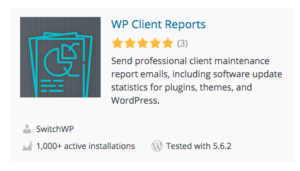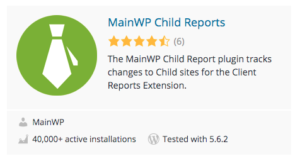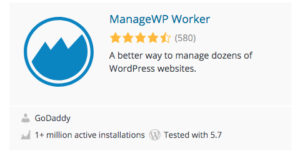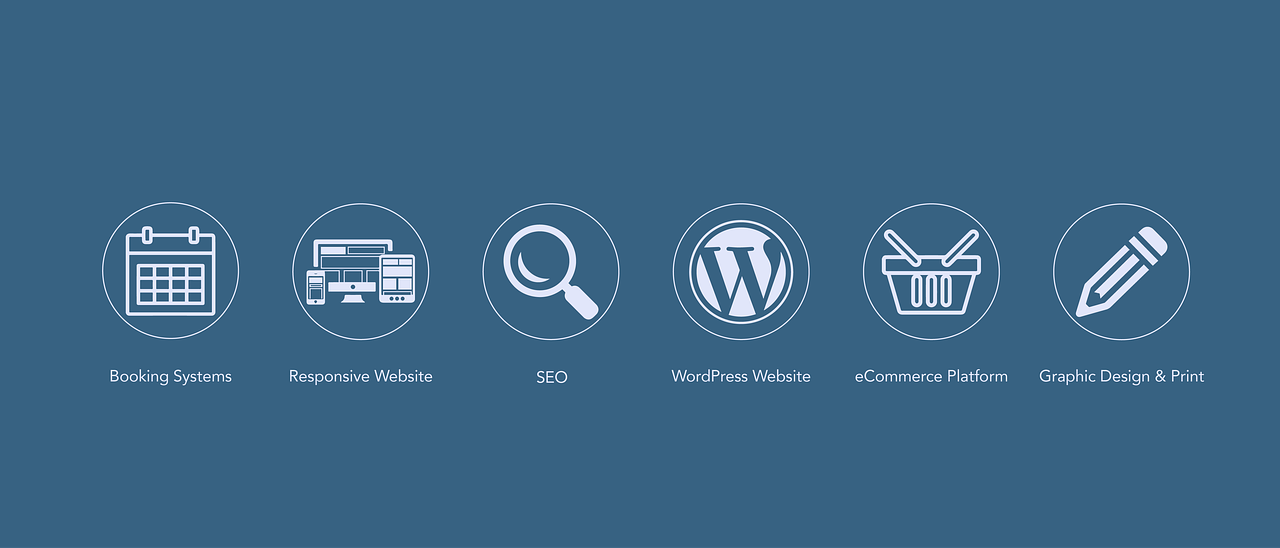Disclosure: This post contains affiliate links. I may receive compensation when you click on links to products in this post. For an explanation of my Advertising Policy, visit this page. Thanks for reading!
What are WordPress client reports and why do you need them?
If you set up, run and manage a WordPress website or websites for a client, they of course are going to expect some kind of accountability. The way you, as a WordPress professional, supply this expected accountability is through the use of WordPress client reports.
There are various ways to put together a WordPress client report. What you include in any WordPress client report is determined by what you and your individual client have agreed to. This is usually done in the form of standards and metrics used to evaluate their WordPress website’s performance as well as yours.
The most important thing you can do as a WordPress professional when dealing with clients is to set and especially manage expectations.
I can’t over emphasize this fact enough, especially managing expectations.
If you’re a new WordPress professional and this is your first client, it can seem very overwhelming.
Perhaps you’ve been working on your own WordPress projects for years and even have a few websites up and going.
So you take many things that you know for granted, but clients don’t. Things like traffic numbers, SEO as well as Site Speed, Hosting and Security issues always come up. Some on a regular basis.
Let’s go over some of these issues and how you can get off on the right foot when dealing with WordPress clients and reports.
What should I include in WordPress client maintenance reports?
What you include in a WordPress client maintenance report depends totally on the contracts and agreements you have with a particular WordPress client. It’s always good practice to have a standardized report form for all your clients.
Although different clients in general have different needs as well as budgets, timelines etc. you should always clarify and educate your clients on the realities of operating a WordPress website and what they could expect.
Communication is key.
Here is a list below of what you can include in any WordPress client maintenance report or WordPress clients reports in general.
This list isn’t exhaustive, but these should give you an idea on not only how to put together professional WordPress client reports, but also help you in managing their expectations.
Basic WordPress Client Reports can contain Site-specific data like:
- Themes, Plugins and WordPress updates completed.
- Security scans.
- Spam comments removed.
- Maintaining Good Website Speed and Performance scores.
- SEO keyword rankings (although for the most accurate reports on Keyword rankings, some Keyword Tools like SEM Rush provide their own).
- Traffic Summaries. (Numbers of new and returning visitors, pageviews, time on site, bounce rates, Top visited posts and pages, etc.)
- WordPress backups performed.
- SEO audits.
- Maintaining Your Website Content. Number of new Pages added and updated, new Posts added and updates, new Images added or updated.
- Audits for WordPress Security performed.
- Uptime monitoring set up.
- Moderating and Clearing Out Comments.
- Website Backups performed.
- Optimizing Databases.
Of course, you can add, subtract and customize the reports to whatever services you and your clients have agreed to.
You may also want to include additional reports for SEO, Email subscribers, Online Advertising campaigns etc.
Some of these plugins do offer to combine many of these reports including 3rd party vendor reports into one report as well.
However, these may only be available in their premium or pro plans.
Why is WordPress client reporting so important?
Whether you have one WordPress client or several, putting together a WordPress client report is vital in keeping your clients up-to-date on the performance of their WordPress websites.
In addition, the metrics and standards as well as the goals both you and your client or clients have agreed to can be easily tracked.
Adjustments can be made when necessary. By coming up with realistic goals that your clients have for their WordPress website is crucial in maintaining client satisfaction and loyalty.
By compiling WordPress client reports you are able to demonstrate the progress they are making to their goals and your part in them.
What are the factors to consider while designing a WordPress client report?
The most important factors to consider while designing a WordPress client report are:
- What exactly your role is in maintaining your clients WordPress website.
- What tasks and other responsibilities that you, as a WordPress professional, will be doing on a regular basis to maintain their site.
- Setting realistic goals and objectives that they have for their WordPress website.
- Categories and the metrics in which their WordPress websites maintenance schedule and performance will be measured by.
- Progress reports are easy to read and follow.
It is key that you go over a sample report showing them what to expect in their regular WordPress maintenance reports, and that you carefully outline in writing what those reports will contain.
It is also essential that you email them a copy of everything that’s been agreed to, including what’s going to be on their WordPress client reports in the confirmation email.
This may seem like overkill, but it’s always best to get confirmation of all the services that you will be providing for them as well as what they can expect in their regular WordPress client maintenance reports.
This way there should be no misunderstanding in what’s expected.
How do I create reports in WordPress?
Thankfully, you can quite easily create reports in WordPress by using a WordPress client report’s plugin. Three of which I will list below.
What WordPress plugins can I use to generate client reports?
Here are the most popular WordPress plugins that you can use to generate client reports.
 |
 |
 |
Obviously there may be others on the market, but these seem to be the most popular.
All these plugins have both free as well as paid versions.
The paid versions, otherwise called the pro or premium versions, usually have more advanced features as well as categories in which you can add to a WordPress client report.
Furthermore, many of these paid versions will allow you to customize even more as well as add more 3rd party into their reports.
This way you don’t have a bunch of reports you need to send to the client. You can consolidate them into one single report.
However, some of the free versions of these plans may also allow you to include some third-party reports as well.
Why are monthly WordPress client reports important?
When dealing with clients, clear communication is key. Unless a client requests otherwise, giving them a monthly client report on their WordPress website is standard.
Some clients may want weekly reports and others are satisfied with just quarterly reports.
However, it’s best to give at least monthly WordPress client reports, If you want to maintain good relations with your clients as well as manage their expectations.
WordPress client reports, summary.
As you can see WordPress client reports are vital to any WordPress professional’s business. Setting realistic goals, outlining your responsibilities as well as the standards and metrics in which both are measured can help ensure clear communication, which is crucial for your success and client retention.
With the use of plugins you can easily implement a system of client-reporting for each of your WordPress clients.
Whether you have just one client, a handful or even hundreds of websites, these plugins will allow you to consolidate all that data into one dashboard.
However, these plugins will also allow you to customize and keep the data from these WordPress websites of your individual clients separate of course.
Putting together professional WordPress client reports is fundamental to running any WordPress based business, whether you’re a freelancer, consultant, developer etc.
The WordPress client reports plugins I had listed above will allow you to do so, simply and efficiently.


